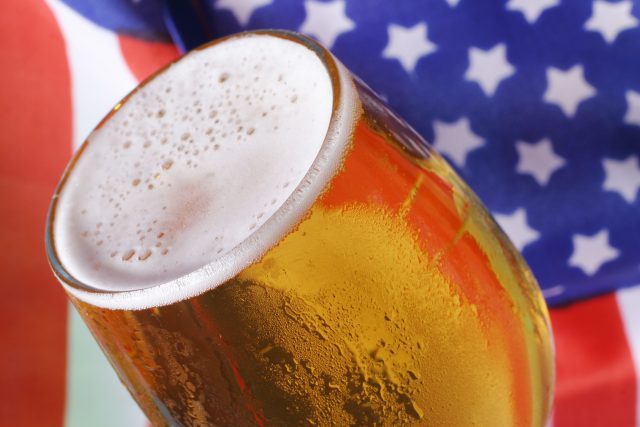What’s going on with the US beer industry?
By Ron EmlerIs the US beer sector in demand or in decline? Ron Emler investigates the current state of play for the industry.

The perceived wisdom is that US consumers are switching from spirits and wine to beer as they curb their spending in the face of price rises and inflationary pressures on domestic budgets.
That, however, is only a partial picture because overall beer consumption in the U.S fell in 2023 to its lowest level since the 1970s, according to the Brewers’ Association.
The popularity of hard seltzers and lower alcohol consumption in general have led to craft breweries facing hard times with players such as Constellation Brands and AB InBev having sold off or closed some of the small companies they bought only a few years ago as tastes swing away from pale ales and IPAs especially.
The once-booming craft beer industry has slimmed down, with microbrewery closings outpacing openings for the first time in 2023, according to the Brewers Association.
Some demand has been replaced by seltzers and cannabis-infused drinks as well as the switch to premium imported Mexican Beers such as Constellation’s Modelo and Corona brands.
However, many of the most popular hard seltzer brands, including Truly, High Noon, Bud Light Seltzer and White Claw are made without barley and use fermented sugar, vodka or tequila to supply the alcohol.
The overall trend in US beer consumption is downward and in the short-term at least that will continue. Americans are buying less beer, and especially are frequenting fewer craft breweries that use even more malt per beverage.
Indisputable evidence comes not from the brewers themselves but from their farmer suppliers who report a glut of malting-quality barley in the Mid West states.
The most-recent U.S. crop report showed the number of acres planted with barley has fallen by 22% compared with a year ago. In North Dakota, the second largest producer behind Idaho, the acreage under barley has nearly halved from a year ago.
Further, supplies of barley held in storage at farms are up 51% from last year and are the highest since 2010, according to the U.S. Department of Agriculture.
Prices have slumped to a four-year low because the brewers are not buying.
Major brewers have slashed the number of barley contracts offered due to an oversupply, according to Mitch Konen, vice president of the National Barley Growers Association.
Reuters reports that this year some farmers have received zero contracts for their malting barley and even those who contract before planting are finding prices on offer falling to below US$5 per bushel compared with US$7 last year
The picture is less bleak in Britain but still downward.
According to Statista in 2023, beer sales in the UK increased to 3.8 billion litres. That was a slight rebound from 2022’s low of 3.5 billion litres but was still 21% lower than the peak volume in 2018
This year, however, demand for malting barley is weak, partially reflecting brewers’ reduced expectations in the face of price rises combined with squeezed disposable incomes and continuing pub closures.
According to the Agriculture and Horticulture Development Board ex-farm malting barley prices so far in 2024/25 are sharply lower than in the early months of last season.
At the end of last month, the price for premium malting barley for spot delivery averaged £176.60 a tonne, notably lower than £222.20 average for the final week of August 2023.
Related news
Carlsberg pumps millions into Poretti
MLB teams change beer labels from 'domestic' to 'American' amid Trump tariff threats
